AO Edited
Tunnels of Moose Jaw
Underground tunnels once home to crime are now back open to the public.
The tunnels present two tour attractions: Passage to Fortune and The Chicago Connection.
Set in 1907, Passage to Fortune tells the fictionalized story of early Chinese Canadian settlers who were forced underground in Moose Jaw. While Passage to Fortune is construed by many visitors to be historically accurate, there is no evidence to suggest that Chinese Canadians lived in the tunnels of the tour outside of minimal anecdotal testimonies. Historically accurate information such as the Chinese Exclusion Act, Chinese Head Tax, and the case of Quong Wing v R which occurred at the site of 1 Main Street across the location of the tunnels are mentioned throughout the tour. However, Passage to Fortune also circulates misinformation about Chinese Canadians in Moose Jaw. Moose Jaw Tour attendees are called coolies at an early stage of the tour. Tour attendees are then guided through the tunnels from the position of Chinese workers indentured to the fictional laundry owner Mr. Burrows and forced to live underground. In actuality, early Chinese Canadians were often proprietors of their own laundries, a labor-intensive industry many found themselves in due to prejudice barring them from into other industries. In 1890, the first Chinese business opened in Moose Jaw, was a Chinese laundry. In 1908, nine laundries can be found in the City directory, with eight businesses notably Chinese-run.
When Prohibition hit in the 1920s, the tunnels had a new purpose. Rumrunners used them to store alcohol and covertly transport it to the Soo Line Railroad, on which the liquor would be snuck into the U.S. Eventually there were even functioning speakeasies underneath the streets of Moose Jaw in addition Ever since, there have been rumors that Al Capone was involved in the bootlegging industry in Moose Jaw and even lived there briefly to avoid the feds, though only anecdotal evidence exists.

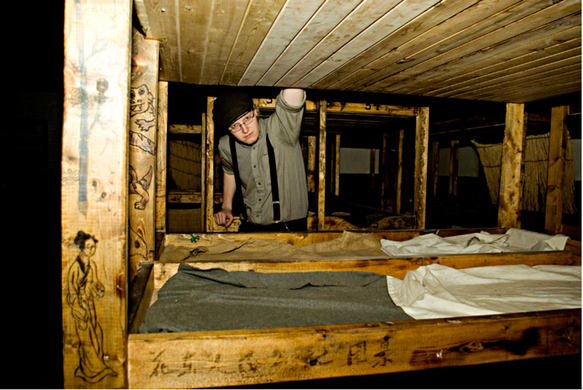

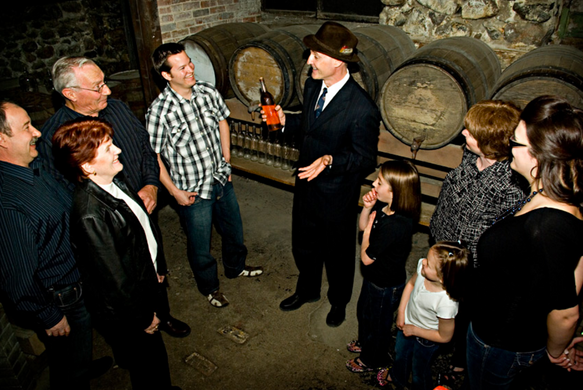

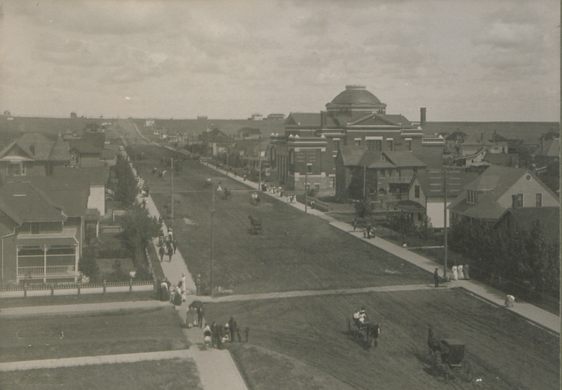









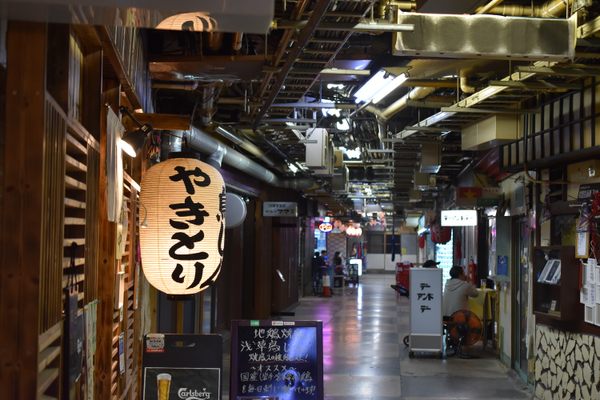

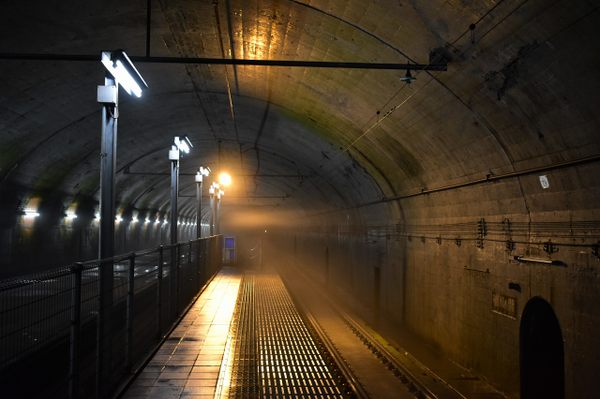

Follow us on Twitter to get the latest on the world's hidden wonders.
Like us on Facebook to get the latest on the world's hidden wonders.
Follow us on Twitter Like us on Facebook